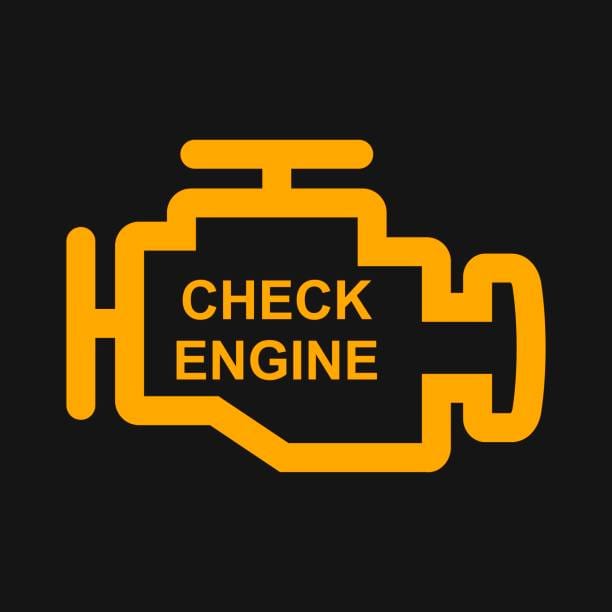Bonus Episode: How Can You Tell If A Business Is Healthy?

When you're building, investing in, or analyzing a company, there's one question that always lingers behind the metrics, meetings, and milestones: Is this business actually healthy?
At first glance, it’s easy to mistake growth for health. A company might have a flashy product, strong top-line revenue, or even profitability on paper. But beneath the surface, many businesses are quietly bleeding cash, drowning in debt, or built on shaky fundamentals. So how can you really tell?
The answer starts with how you measure.
One of the most commonly used tools is EBITDA—short for:
- Earnings
- Before
- Interest
- Taxes
- Depreciation
- Amortization
This metric strips out costs that don’t directly relate to how well the core business is operating. Here's what each component means:
- Earnings: The profit the company generates.
- Interest: Excluded because it relates to how the company is financed (debt vs. equity), not how it performs.
- Taxes: Removed because tax burdens vary widely by location and structure, and don't reflect operational efficiency.
- Depreciation: A non-cash accounting charge for physical assets losing value over time—like equipment or buildings.
- Amortization: Similar to depreciation but for intangible assets like patents, trademarks, or software development costs.
This metric strips out costs that don’t directly relate to how well the core business is operating. It removes financing structure, tax differences, and accounting for non-cash expenses like equipment wear or intangible asset amortization.
The result is a metric that focuses purely on operational profitability—how efficiently the business turns revenue into earnings. That’s why EBITDA is often used in valuations, especially in industries with heavy capital expenditures or varying tax treatments.
But while EBITDA is useful for comparing the performance of companies across different industries or capital structures, it can also mask some key realities. It doesn’t account for the cash a company actually needs to spend to maintain operations or grow. That’s why it's best used alongside more grounded metrics—like Free Cash Flow (FCF).
Where EBITDA shows how well the engine runs, FCF tells you if there's enough fuel to keep driving.
FCF captures what’s left after a company pays all its bills, taxes, interest, and investment into assets. It tells you what’s available to reinvest in growth, return to shareholders, or simply survive without raising more capital.
Let’s bring it to life:
- Spotify: In the early years, Spotify wasn’t profitable by net income standards, but its EBITDA began improving as it scaled. Investors paid attention to that trend because it showed the business model—based on ads and subscriptions—was becoming more efficient, even if the company was still reinvesting heavily in content and R&D.
- Rivian: Rivian is a prime example of a company with negative EBITDA early on. Why? Because it's still in growth mode—scaling factories, building vehicles, and absorbing massive upfront costs. In this context, negative EBITDA doesn’t signal failure, but it reminds investors this is a long-term bet, and the path to profitability is still ahead.
- Chomps: As a bootstrapped food startup, Chomps focused on staying EBITDA-positive from the start. They didn’t take on outside capital for years, so operational profitability wasn’t optional—it was survival. That discipline made the company attractive to retail partners and investors once they were ready to scale.
For any founder, investor, or operator, the key lesson is this:
EBITDA gives you a strong lens into operational performance—but cash will always be king.
A truly healthy business doesn’t just look good on paper. It earns real money, keeps expenses in check, and generates enough cash to fund its own future ( or has a path to profitability). Nobody has outside funding forever.
That’s the kind of business worth building or backing.